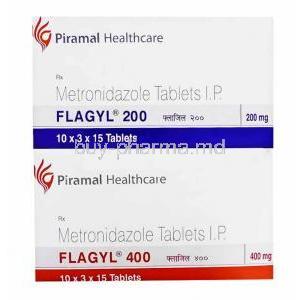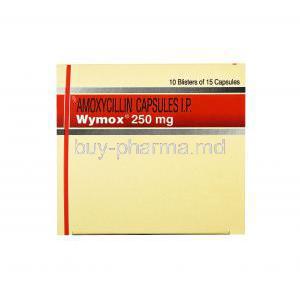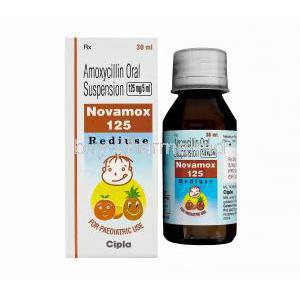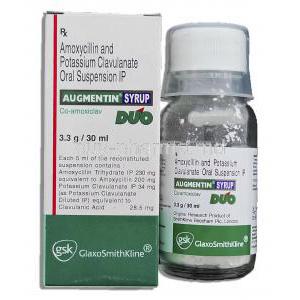Meronem Injection
- Introduction to Meronem Injection
- Composition and Formulation
- Meropenem uses
- How Meronem Injection Works
- Dosage and Administration
- Storage and Handling
- Meropenem side effects
- Contraindications and Warnings
- Precautions and Careful Administration
- Drug Interactions
- Overdosage and Emergency Measures
- Handling Precautions for Healthcare Providers
- Important Precautions
Introduction to Meronem Injection
Overview of Meronem Injection
Meropenem Injection is an antibiotic created to treat serious bacterial infections with great success against a wide variety of bacteria types essential in today's medical field.
Classification and Pharmaceutical Category
Meronem belongs to the carbapenem class of antibiotics, a subgroup of beta-lactams. Known for its robust efficacy, it is widely utilized in hospital settings to address infections that are unresponsive to conventional antibiotics.
Importance in Treating Severe Bacterial Infections
This medicine is essential for treating infections and plays a crucial role in intensive care units by quickly and effectively eliminating harmful microbes.
Composition and Formulation
Active Ingredient: Meropenem
Meropenem Injection contains Meropenem as its component, known for its broad range of antimicrobial effects and resistance to beta-lactamases.

Available Strengths and Formulations
- 500 mg vial
- 1 g vial
These formulations are designed to meet diverse therapeutic needs.
Inactive Ingredients and Their Role
Inactive components such as sodium carbonate facilitate the reconstitution process, ensuring optimal solubility and stability during preparation.
Ertapenem vs meropenem
Ertapenem is prescribed for infections such as pneumonia, urinary tract infections, and skin infections; it is also utilized to prevent infections post-surgery. Meropenem is effective in treating infections but not suitable, for flu conditions or other viral illnesses.
Meropenem vaborbactam
Recommended for treating urinary tract infections (UTIs), such as pyelonephritis, caused by the following types of bacteria that are susceptible to the treatment.
Meropenem and vancomycin
Various research has shown that using both vancomycin and meropenem together as the initial choice of antibiotics for extremity fractures can effectively target around 93–96% of the bacteria causing infections. The frequent culprits are typically Staphylococcus aureus and Enterococcus species.
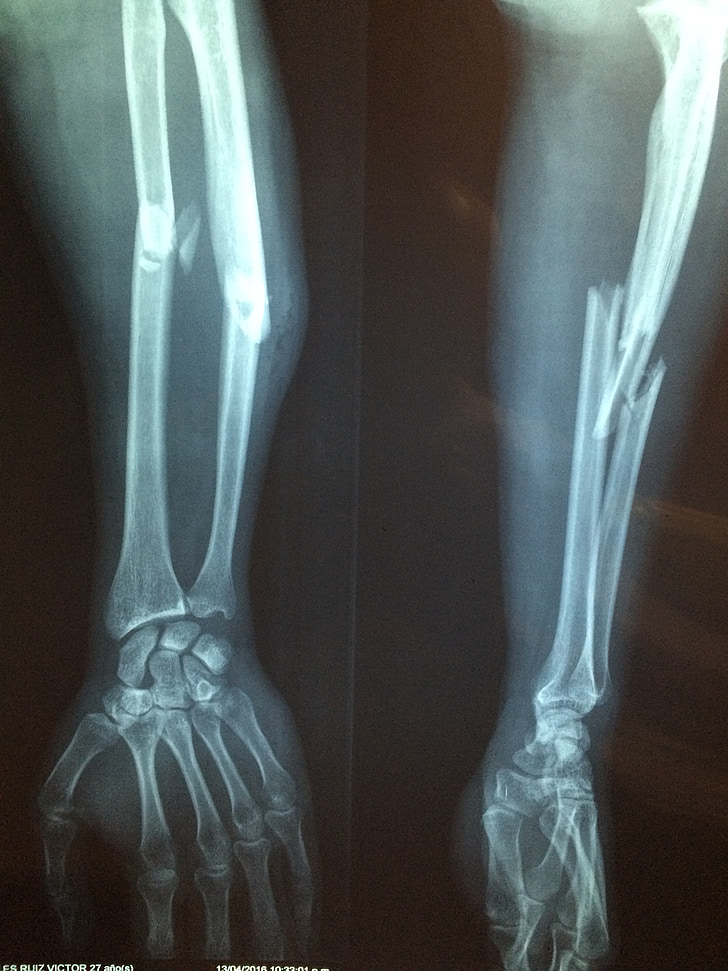
Meropenem uses
Primary Therapeutic Uses
Meronem Injection is primarily employed in treating:
- Severe respiratory infections, including pneumonia
- meropenem for uti
- Intra-abdominal infections
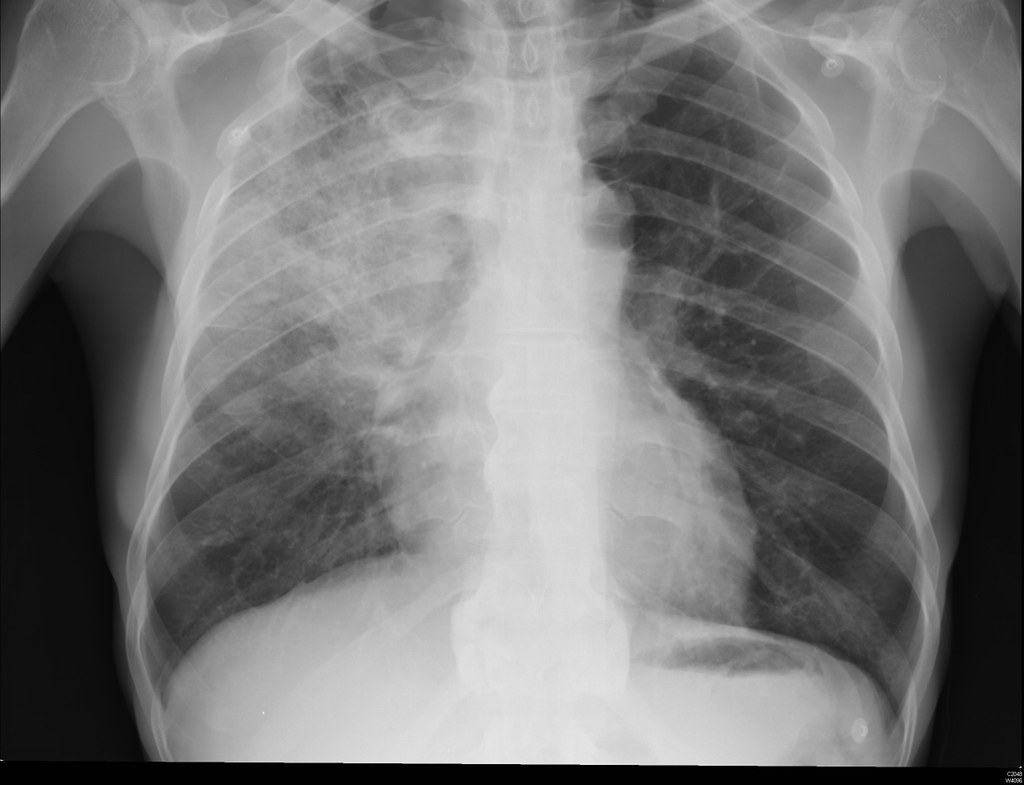
Off-Label Uses
It has also shown promise in:
- Addressing multidrug-resistant infections
- Treating rare bacterial conditions such as melioidosis
How Meronem Injection Works
Meropenem mechanism of action
Meropenem works by stopping the growth of bacteria by interacting with penicillin-binding proteins, which results in the breakdown of cells.

Spectrum of Activity Against Bacteria
It works well against a range of bacteria types, including Gram-positive, Gram-negative ones, as well as some anaerobic pathogens, which makes it a versatile treatment choice.
Resistance Management
Frequent use under controlled conditions can reduce the emergence of resistance—a rising issue on a scale.
Dosage and Administration
Meropenem dose
For most infections, the typical dose is 1 g every 8 hours, adjusted based on the severity of the condition.
Meropenem dose for sepsis
The suggested dosing schedules for meropenem in these investigations have varied from 500 mg every 12 hours to 1 mg every 12 hours.
Pediatric Dosage Recommendations
For kids over 3 months, the recommended dose is 10 to 40 mg per kilogram every 8 hours.
Administration in Special Populations
Patients with impaired kidney function need to have their medication doses adjusted to avoid build-up in the body and potential harm.
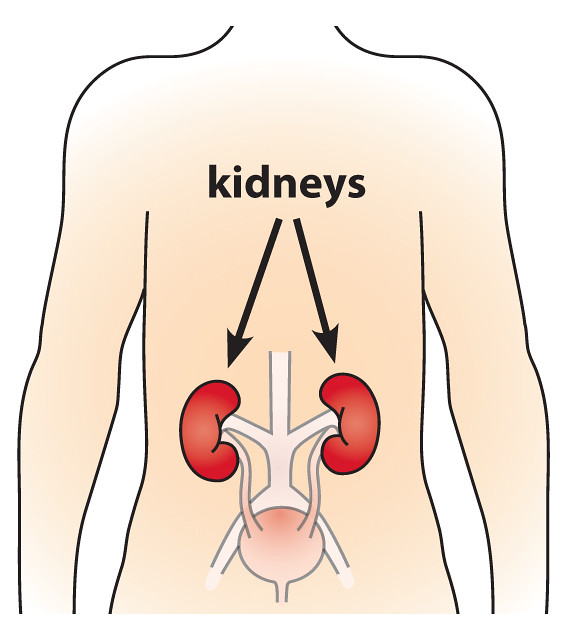
Methods of Administration
You can give the Meronem Injection through an infusion lasting 15 to 30 minutes or as a quick IV bolus injection that takes only 5 minutes.
Meropenem nursing considerations
Keep an eye on the site for any signs of leakage into the surrounding tissue area. Check for any indications of kidney, liver, or blood-related issues. Watch out for any skin reactions. Monitor the amount of urine being produced.
Storage and Handling
Optimal Storage Conditions for Meronem Injection
Remember to keep the item in a dry location, with a temperature below 25°C, and shield it from sunlight.
Stability and Shelf-Life Considerations
Once the mixture is prepared again from scratch, you should use it within six hours if stored at room temperature or within twenty-four hours if kept in the refrigerator.
Safe Handling and Preparation Guidelines
Healthcare practitioners need to follow procedures when preparing to prevent contamination.
Meropenem side effects
Common Side Effects
Some frequently reported side effects include:
- Nausea and vomiting
- Diarrhea
- Localized rash at the injection site
Serious Adverse Effects
Although rare, the following may occur:
- Anaphylaxis
- Seizures
- Severe allergic dermatitis

Long-Term Safety Profile
Clinical studies affirm its safety for prolonged use in appropriately selected patients under medical supervision.
Contraindications and Warnings
Conditions Where Meronem Injection is Contraindicated
People should not use Meronem Injection if they are allergic to meropenem or other carbapenems and beta-lactam antibiotics or have had reactions to penicillins or cephalosporins before.
Important Warnings for Safe Use
- Use with caution in patients with a history of epilepsy or other central nervous system disorders.
- Prolonged use may lead to superinfections caused by non-susceptible organisms.

Risk of Hypersensitivity Reactions
If you experience hypersensitivity reactions, like anaphylaxis, during treatment and notice symptoms such as a rash or difficulty breathing arise suddenly, seek help promptly.
Monitoring for Renal Impairment
It's crucial to keep renal function in individuals with existing kidney issues and make necessary dosage adjustments to avoid any harm and guarantee treatment effectiveness.
Precautions and Careful Administration
Guidelines for Careful Use in Specific Populations
Meropenem Injection requires tailored administration strategies for vulnerable populations to ensure both efficacy and safety.
Administration to Elderly Patients
As people get older, their kidneys may not work well, so doctors may need to adjust the dosage of medications accordingly. It's an idea to keep an eye out by checking creatinine levels regularly.
Adjustments in Dosage Based on Renal Function
Patients with kidney issues should receive doses for their safety and well-being; customized dosing plans are necessary for those with creatinine clearance levels under 50 mL/min.
Use in Pregnant and Nursing Mothers
Although studies on animals have not shown any effects on development (teratogenic effects), the safety of using Meronem during pregnancy has not yet been thoroughly researched. It is recommended to use this medication when absolutely necessary and under the supervision of a healthcare provider.

Safety Profile During Pregnancy
Administer with caution during the first trimester when fetal development is most vulnerable.
Potential Effects on Breastfeeding Infants
Meropenem can be found in breast milk. It's advisable for breastfeeding mothers to seek advice from healthcare professionals to evaluate the advantages, compared to any drawbacks, for their baby.
Administration to Children
Meronem is deemed suitable for use and can be administered to newborns well; nevertheless, the dosage required differs substantially based on the child's age and weight.
Dosage Considerations for Neonates and Older Children
- Neonates: Typically, 20 mg/kg every 12 hours.
- Older children: 10-40 mg/kg every 8 hours, depending on the severity of the infection.
Drug Interactions
Known Interactions with Other Antibiotics
It is generally not recommended to mix this medication with beta-lactam antibiotics because it could lead to increased risks of side effects without providing any additional benefits in terms of effectiveness.
Effect on Anticoagulants and Other Medications
Meropenem could enhance the impact of blood thinners, like warfarin, so it's advisable to keep a watch on the levels of INRs while using them together.
Impact of Meronem on Laboratory Test Results
Incorrect results in Coombs tests can happen because of complexes forming in the body, so make sure to let the lab staff know if you are currently receiving Meronem treatment.
Overdosage and Emergency Measures
Symptoms of Meronem Overdose
Overdosage may result in:
- Seizures
- Gastrointestinal disturbances
- Altered mental status
Recommended Treatment and Supportive Care
In cases of overdose, discontinue the medication immediately. Supportive care and symptomatic treatment should be initiated to stabilize the patient.
Dialysis as an Option for Severe Cases
Hemodialysis can effectively remove meropenem from the bloodstream in cases of severe toxicity, particularly in patients with renal dysfunction.
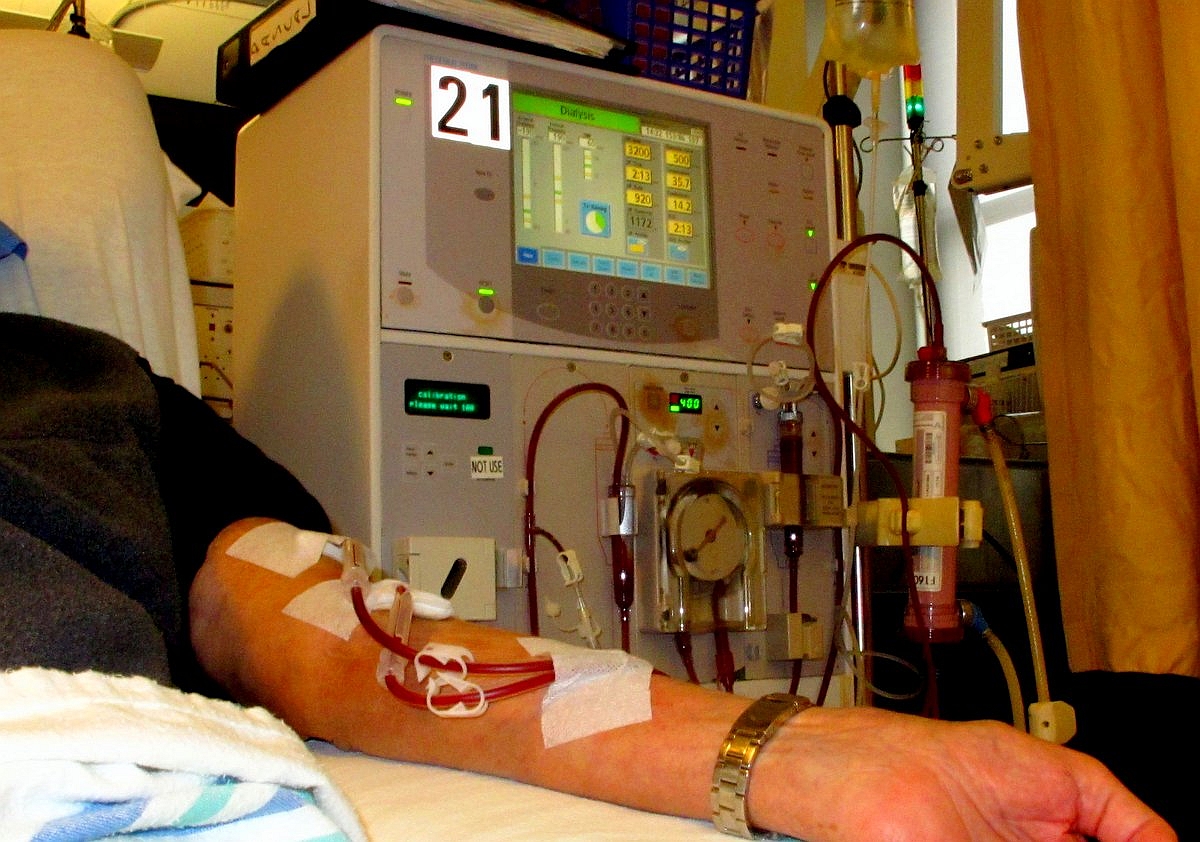
Handling Precautions for Healthcare Providers
Proper Techniques for Reconstitution and Administration
Reconstitute the vial with sterile water for injection. Shake gently to dissolve completely before administering. Ensure aseptic techniques are followed.
Preventing Contamination During Preparation
Make sure to use equipment and have a workspace to prevent any contamination that may jeopardize the safety of the patients.
Disposal of Unused Portions and Materials
Discard any unused solution or material following institutional guidelines for biohazard waste disposal.
Important Precautions
Monitoring During Therapy
It is crucial to observe the progress of a patient while also monitoring their kidney function and any possible negative reactions to ensure the best possible results.
Avoiding Unnecessary Use to Prevent Resistance
It's crucial to use meropenem to avoid the development of strains only when it is absolutely necessary.
Patient Education on Recognizing Adverse Effects
Make sure to let patients know about side effects and advise them to report any signs, like a rash or trouble breathing.
Meronem Injection FAQ
- What is the Meronem injection used for?
- What infections is meropenem used to treat?
- Is meropenem a strong antibiotic?
- Is meropenem safe for the kidneys?
- Is meropenem injection safe?
- How many days of meropenem should you take?
- What bacteria is killed by meropenem?
- What are the side effects of meropenem?
- Can meropenem cure UTI?
- Which patients should avoid using meropenem?
- Does meropenem affect the heart?
- Is meropenem dialysis?
- What happens when you stop taking meropenem?
- Which antibiotic is better than meropenem?
- What infections are resistant to meropenem?
- How often is meropenem injection given?
- What is the success rate of meropenem?
- What is meropenem good for?
- Can meropenem cause high platelet count?
- Can meropenem damage the liver?
What is the Meronem injection used for?
Meropenem injection is prescribed for infections and functions by either eliminating the bacteria or halting their proliferation in the body. It is important to note that this medication is not effective, for treating cold or flu viruses; it should only be administered under the supervision of a medical professional.
What infections is meropenem used to treat?
Meropenem has been given the light for treating intra-abdominal infection (referred to as cIAi), complicated skin and skin structure infection (known as CSI), and bacterial meningitis (for children aged 3 months or older in the United States). In nations around the world, It is also approved for treating pneumonia and septicemia, among infections.
Is meropenem a strong antibiotic?
Meropenem ranks as the most potent antibiotic following vancomycin in terms of strength.
Is meropenem safe for the kidneys?
The primary way the body gets rid of it is by passing it through the kidneys. Sixty-three percent of the drug is released unchanged in the urine stream. Meropenem processing slows down in cases of kidney problems, so it's important to tweak doses for patients with levels of kidney function.
Is meropenem injection safe?
If you notice any of these signs or symptoms while using meropenam injection, it's important to discontinue use. Promptly contact your healthcare provider or seek medical assistance if necessary. Seizures: severe diarrhea characterized by watery or bloody stools that may arise with or without fever and stomach cramps (even up to 2 months post-treatment); the appearance of hives.
How many days of meropenem should you take?
2-10 days
What bacteria is killed by meropenem?
Meropenem is a carbapenem antibiotic that is effective against various types of bacteria. Both the aerobic Gram positive and Gram negative varieties as well, as the typical anaerobes commonly encountered in infections.
What are the side effects of meropenem?
You might experience swelling or redness at the injection site and pain or soreness in that area, which are side effects after receiving the injection. Additionally, there could be symptoms such, as stomach, headache, nausea, vomiting, constipation, or diarrhea following the treatment.
Can meropenem cure UTI?
The combination injection of Meropenem and vaborbactam is prescribed for addressing urinary tract infections (UTIs) which may involve pyelonephritis, a kidney infection.
Which patients should avoid using meropenem?
If you have a known allergy to meropenem or have experienced a reaction to related antibiotics like imipenem and cilastatin, among others such as cephalexin or penicillin derivatives in the past, please avoid using meropenem, for treatment purposes.
Does meropenem affect the heart?
Serious responses seldom happen like a heart attack.
Is meropenem dialysis?
Patients receiving hemodialysis should receive meropenem at the end of the procedure based on their level of kidney function.
What happens when you stop taking meropenem?
If you discontinue taking the medication, the infection may. Become more challenging to treat.
Which antibiotic is better than meropenem?
Imipenem is more active than meropenem
What infections are resistant to meropenem?
Approximately one in ten Pseudomonas strains are affected by Strenotrophomonas and MRSA infections along with E.faecium and most strains of S.pneumonia that are penicillin and cefotaxime antibiotics.
How often is meropenem injection given?
Every eight hours, administer one gram for skin and skin structure infections. Administer one gram every eight hours for abdominal infections.
What is the success rate of meropenem?
83%
What is meropenem good for?
Meropenem injection is prescribed for bacterial infection treatment.
Can meropenem cause high platelet count?
Yes
Can meropenem damage the liver?
Reports of liver damage due to meropenem are extremely rare.





